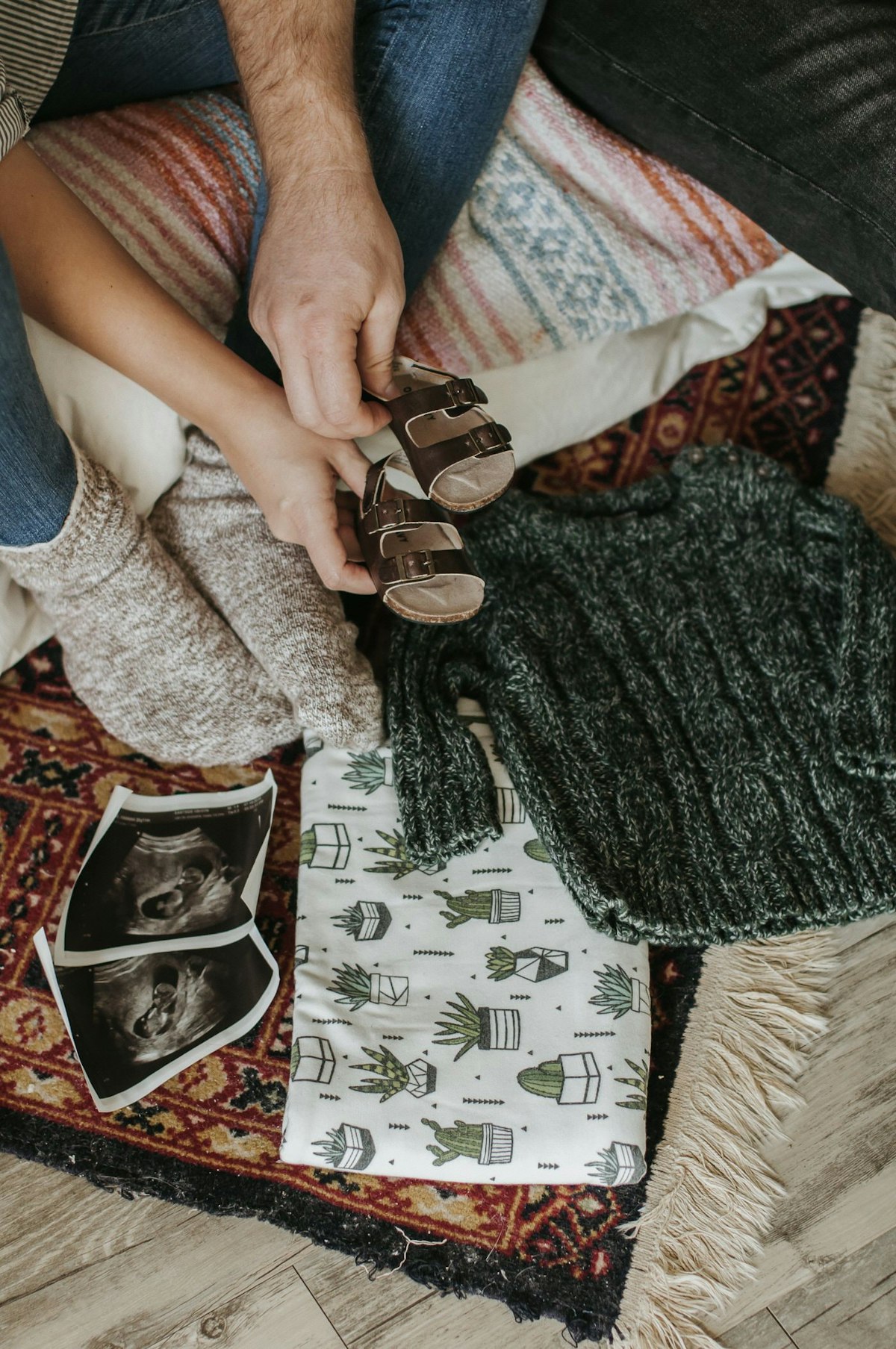I was twenty-one when I first discovered I was pregnant. I had absolutely no idea what I wanted my “birth plan” to look like, what my options were for where to give birth, anything. I was completely on autopilot. Going through the motions of what I thought was the “right” thing to do.
I had my first baby in a Naval Hospital on a Military Base. I never asked any questions or explored other options. I don’t regret any birthing choices I’ve made with any of my four children, but I wish I had known what my options were. That there was another way, another choice, that I had the power to choose how and where I wanted to give birth. You have options, you have the ability to choose and I’m going to do my best to break it all down for you.
Hospital Birth
The hospital birth is the most “traditional” way to go to have your baby. With a hospital birth there are more opportunities for medical interventions for you and your baby. So if you’re high risk, the hospital is probably the best place for you and your baby. If you’re not high risk and you don’t want a lot of medical interventions, then you should be prepared with a flexible birth plan that outlines what your wishes are for your labor and birth.
Logistically, the hospital birth is probably the most simple route for logistics. You choose an OB and they’re basically attached to a hospital and that’s where you give birth. If you have insurance, pick an OB that’s covered, and it’s pretty straightforward from there.
You’ll be monitored closely at a hospital by nurses and staff. They’ll frequently check in on you and baby to monitor your progress and take vitals. It can be a relaxing atmosphere if you bring your own home-y supplies, but it is a hospital which comes with a lot of people, wires, tubes, beeps, and other noises. After your baby is born you’ll stay in the hospital for a day or more so you and baby can be monitored and you can regain some strength.
In the hospital there are often rules for what you can and can’t do during labor and childbirth.
You may be asked to stay in the bed so you and baby can be monitored. You will have an IV port placed in your arm in case anything needs to be administered. Depending on the hospital’s rules, you may only be allowed to have ice chips and water during labor - no food or other drinks. Each hospital has its own rules and guidelines so it’s important to get a tour, check out their rules, and see if that fits the vision you have for your birth.

Birthing Center
I had my fourth baby in a birthing center and it was an amazing experience. I was older, more educated, and knew my options by then and wanted to go a different route from the hospital births I had experienced in the past.
Some hospitals have birthing centers attached to them, which is a great option for someone looking for the security of medical intervention close by and, like a hospital birth, it’s straightforward with insurance and your prenatal caregiver.
Each birthing center is different and each state has different laws about how they operate. For example, my birthing center is legally not permitted to deliver twins, but I’ve seen it happen at birthing centers in other states. So it’s important to check your state and local laws. If you’re a high risk pregnancy it’s likely you’ll need to be either at a hospital or at a birthing center attached to a hospital in case medical intervention is needed. At a birthing center you won’t need to stay very long after you give birth. I went home just 3 hours after my little girl was born; 4 hours is pretty common.
At a birthing center, you will be running the show - not the staff.
You’ll likely be supported by a midwife, a nurse, and a doula for birth. Most birthing centers allow mothers to eat, drink, and move around comfortably during labor. Mine actually required I brought a nutrient-dense meal for myself to keep up my energy. You will be able to bring whatever supplies from home you like for yourself and your birthing partner - clothing, pillows, towels, music, essential oils, whatever.
Your birthing team will be able to give you ample privacy and only check in on you as needed. I honestly felt like my husband and I were on a date for most of my labor because we were alone and just hanging out in between contractions!
Insurance-wise, it is likely possible to find a birthing center that accepts your insurance. Birthing center staff will be able to assist you in finding out your coverage and payment. You’ll have a lot of freedom with a birthing center, but that also means knowing all of your options for childbirth. Make sure to grab some books and do some research so you know what to expect and what options you have.

Home Birth
The home birth is obviously the most flexible of all options. You’ll likely be seeing a midwife and a doula if you have one for your prenatal care, and she will come to your home when you are in labor. You won’t have access to medical interventions, so if you are high risk you’ll need to look at other options.
At home you’re, well, at your home. You have access to your food, drinks, bed, couch, tub - everything. The home birth also allows for the most people to be at the birth with you.
Many mothers who give birth at home have more family and friends to surround them and welcome their baby in to the world.
In contrast, hospitals and birthing centers often have a limit on how many people can be in the room. Most insurance plans do not cover home births, so the expense will be coming out of pocket for you. Childbirth is not cheap, so this is a big factor to consider for your birth plan.
There is no wrong or bad choice here. Whatever option you choose will result in you becoming a mother and your heart exploding with love for your new little one. There are a lot of factors to consider when deciding where to give birth, and it’s up to you and your partner to go through and choose which is best for you.
